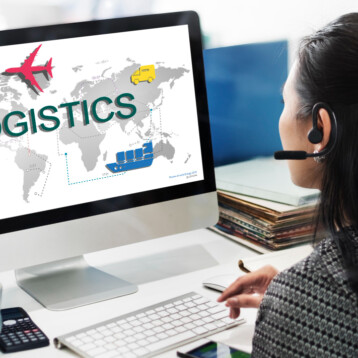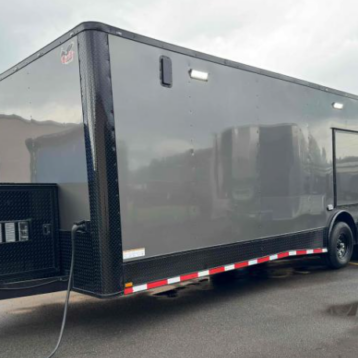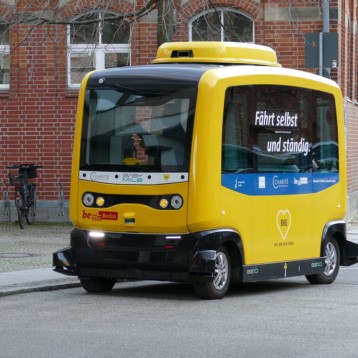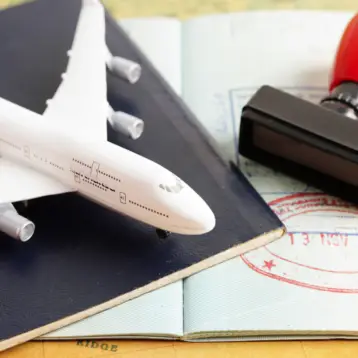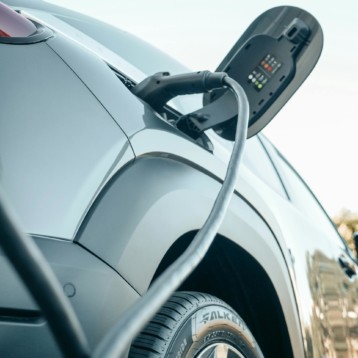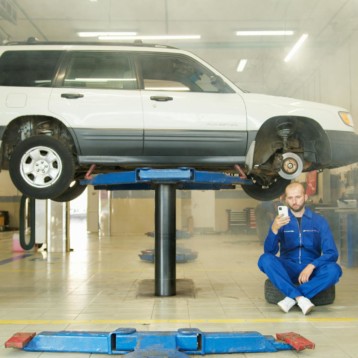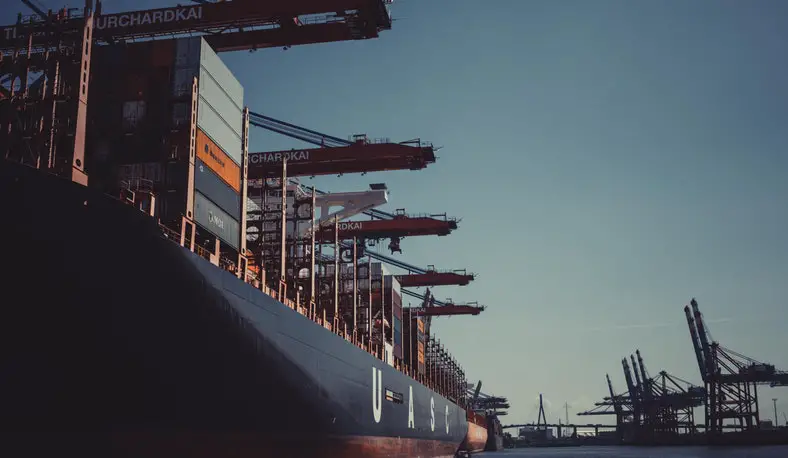
Often, when talk turns to a discussion of technology and transportation, it focuses on some of the more “wow!” developments, like self-driving cars or virtual reality tools that allow drivers to “see through” other vehicles on the road. Although these developments certainly have the potential to disrupt transportation as we know it, there are other technologies in development – or already in use – that may not be as flashy but are certainly making waves in the shipping and freight transport industries.
And we aren’t just talking about drones, which are certainly part of the future of shipping. Rather, tech is making changes in some of the mundane aspects of shipping, but nonetheless, make a significant effect on everything from customer satisfaction to cost reductions to environmental impacts. In fact, some of these technologies are already in use and making a difference to both shippers and customers already.
Damage Reduction
Damaged shipments are costly to everyone, from manufacturers to consumers. Although some damage is unavoidable, a significant percentage of damage doesn’t have to occur. Understanding what causes damage is the first step in preventing it, and shippers and transportation companies are going to great lengths to determine not only how and when damage occurs but gaining a better understanding of how to prevent it the first place.
What this means is shippers are increasingly turning to tools like vibration monitoring, which continuously measure vibrations in shipping vessels, making it possible to identify anomalies or poor conditions and when damage occurs. Many trucks also contain sensors to monitor the temperature of freight transportation to prevent extremes that could damage the cargo, as well as monitor the amount of handling that packages experience. By using this technology, shippers are better able to control variables that cause damage and save money in the process.
More Efficient Maintenance
Maintenance is a key aspect of a functioning transportation company. When trucks, ships, trains, or planes have problems, it disrupts the entire operation. Although routine maintenance is a part of any well-run organization, sometimes routine simply isn’t enough. By collecting data via sensors, transportation companies can be more proactive in their maintenance, potentially saving up to 10 percent of service and maintenance costs.
Improved Safety
Safety is a major issue in the freight transportation industry. The latest numbers from the U.S. Department of Transportation reveal that the number of fatal accidents involving large trucks increased by 10 percent between 2016 and 2017, with more than 4,600 accidents resulting in a fatality. Thousands of other accidents resulted in injury, in addition to lost time and other costs. Transportation companies have a vested interest, therefore, in making their vehicles and freight systems as safe as possible, and to that end, they are relying more heavily on technology.
Electronic logging devices (ELDs) have been in use for several years now and are instrumental in tracking drivers’ time on the road as well as their location and time spent resting. Not only do these devices help improve logistics, allowing for more efficient route planning and more accurate delivery scheduling, it also helps reduce the likelihood of driver fatigue becoming a factor in accidents. In fact, some trucks are now being equipped with sensors that can actually measure a driver’s level of fatigue by measuring vital signs like heartbeat and nervous system responses. This data, when combined with vehicle data (speed, etc.) can help gauge driver performance and potentially prevent accidents before they occur.
Drones, Robots, and Remote Controls
Mega-retailer Amazon led the way in drone shipping with the idea of Amazon Prime Air, which uses unmanned drones to deliver packages, but other companies have considered the possibility of drone deliveries as well. However, drones aren’t the only human-free options for a tech-driven shipping environment. Some companies are experimenting with robots to handle picking and packing in warehouses, while remote-controlled ships are also in development. Developers say that these autonomous ships have the potential to be faster and more accurate than traditional ships, while also using fewer resources and creating less pollution.
Technology has already changed quite a bit about the shipping industry – after all, with just a few clicks you can learn the exact location of your package in real time – and it will continue to disrupt the status quo for the foreseeable future. So even if a drone never hovers outside your door with the latest bestseller, know that behind the scenes, technology is making things run more smoothly and safely.

